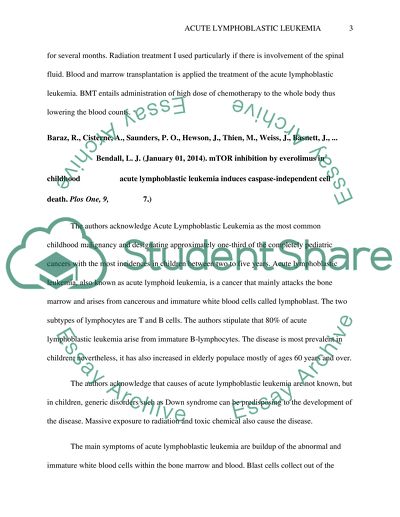Cite this document
(“Acute Lymphoblastic Leukemia Annotated Bibliography”, n.d.)
Retrieved from https://studentshare.org/biology/1667630-acute-lymphoblastic-leukemia
Retrieved from https://studentshare.org/biology/1667630-acute-lymphoblastic-leukemia
(Acute Lymphoblastic Leukemia Annotated Bibliography)
https://studentshare.org/biology/1667630-acute-lymphoblastic-leukemia.
https://studentshare.org/biology/1667630-acute-lymphoblastic-leukemia.
“Acute Lymphoblastic Leukemia Annotated Bibliography”, n.d. https://studentshare.org/biology/1667630-acute-lymphoblastic-leukemia.


